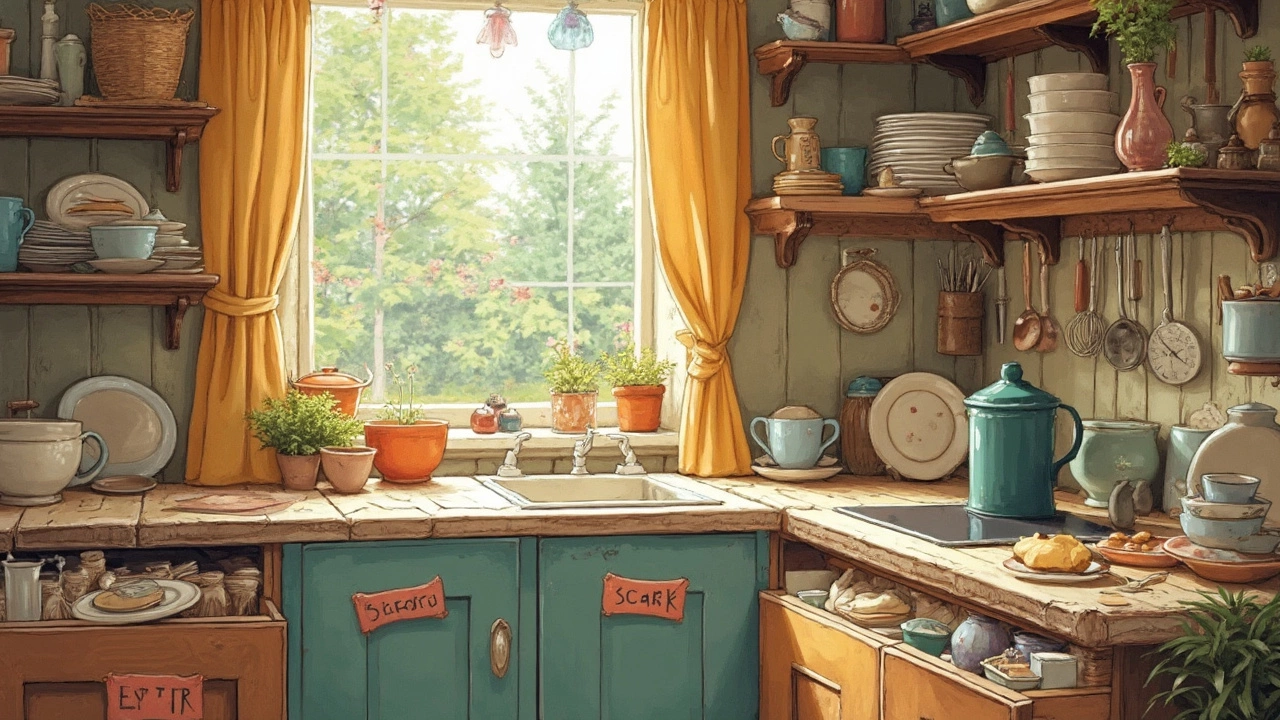Flatware Essentials for a Greener Kitchen
When you reach for a fork or spoon, most people think about the meal, not the tool. But flatware is a tiny part of your daily waste stream. Swapping to eco‑friendly flatware can cut down on plastic, lower your carbon footprint, and even last longer than cheap disposable sets. Below is a quick guide to choosing, caring for, and enjoying sustainable flatware that fits any style.
What Makes Flatware Eco‑Friendly?
Not all flatware is created equal. The material, production process, and end‑of‑life plan all matter.
Bamboo is a fast‑growing plant, so bamboo cutlery uses less water and land than metal. It feels light, has a warm look, and breaks down naturally if you toss it in the compost (just check the coating).
Stainless steel may sound heavy, but it’s 100 % recyclable and can be reused for decades. Look for certifications like recycled content or low‑impact alloy to ensure it’s truly green.
Recycled plastic flatware takes post‑consumer waste and turns it into sturdy utensils. It’s lighter than metal and often dishwasher‑safe, but make sure the plastic is BPA‑free and labeled as recycled.
Some brands also offer plant‑based composites that combine fibers like wheat straw with biodegradable resins. These feel like hardwood but break down in industrial compost.
Tips to Keep Your Flatware Running Smoothly
Even the greenest fork needs a little love. Here’s how to make it last:
1. Hand‑wash when possible. A quick soak in warm, soapy water keeps bamboo from warping and stainless steel from spotting. If you’re using a dishwasher, place items on the top rack and avoid high‑heat cycles.
2. Dry thoroughly. Moisture is the enemy of bamboo and wood‑based cuts. Wipe them dry or let them air‑dry in a well‑ventilated spot.
3. Store smart. Use a breathable drawer liner or a simple cloth pouch. Avoid tight plastic bags that trap humidity.
4. Mind the edge. If a stainless steel fork starts to bend, stop using it – it can tear food and may snag bacteria.
5. Repair, don’t replace. Small scratches on bamboo can be sanded smooth. A missing handle on a metal set can often be glued back with food‑grade epoxy.
Choosing sustainable flatware is a tiny habit that adds up. Start with a set of bamboo forks and spoons for salads, add a stainless steel dinner set for main courses, and keep a recycled‑plastic travel kit for on‑the‑go meals. You’ll notice less clutter, fewer trips to the store, and a subtle sense of doing something good for the planet.
Ready to upgrade? Look for products that list recycled content, are certified compostable, or come from manufacturers with clear sustainability policies. Pair your new flatware with other Eco Harmony Home staples – like reusable napkins and glass storage jars – and you’ve got a kitchen that feels modern, functional, and kind to the Earth.
-

Plates and Utensils: What’s Another Name for These Kitchen Basics?
Ever wondered what else you can call those plates and forks in your kitchen drawer? This article breaks down all the common and not-so-common names for everyday kitchenware. You’ll find out why the terms matter and how to use them right whether you're shopping or just tidying up at home. Plus, there are some fun facts and simple tips for keeping your collection organized and in good shape. Perfect for anyone looking to level up their kitchen knowledge.
-

Unveiling the World of Dining Utensils: Your Essential Guide
Dining utensils, often referred to as flatware, are the essential tools used in daily meals ranging from forks and spoons to knives. These indispensable items hold historical significance, evolving from simple ancient tools to the modern designs decorating our dining tables today. This article delves into the distinctions among various utensils, their diverse uses, and shares tips on selecting and maintaining them. Uncover interesting tidbits that enrich your knowledge of these everyday companions found in every household.
